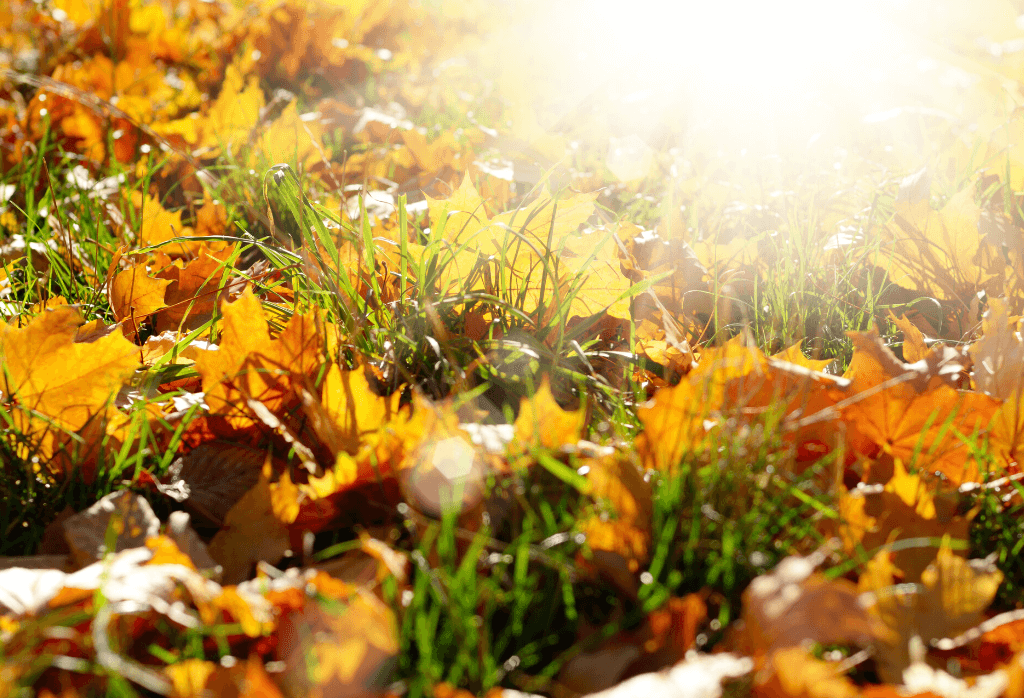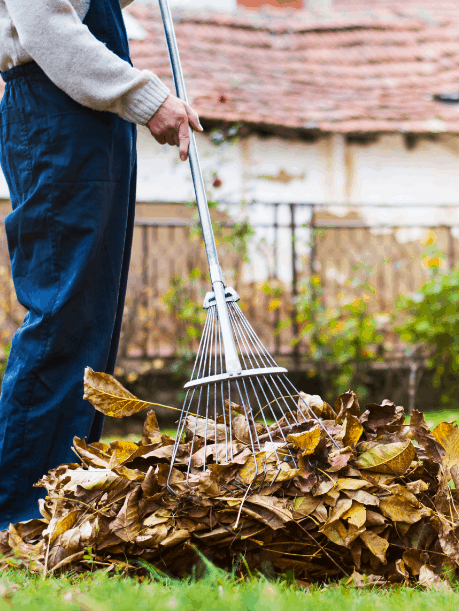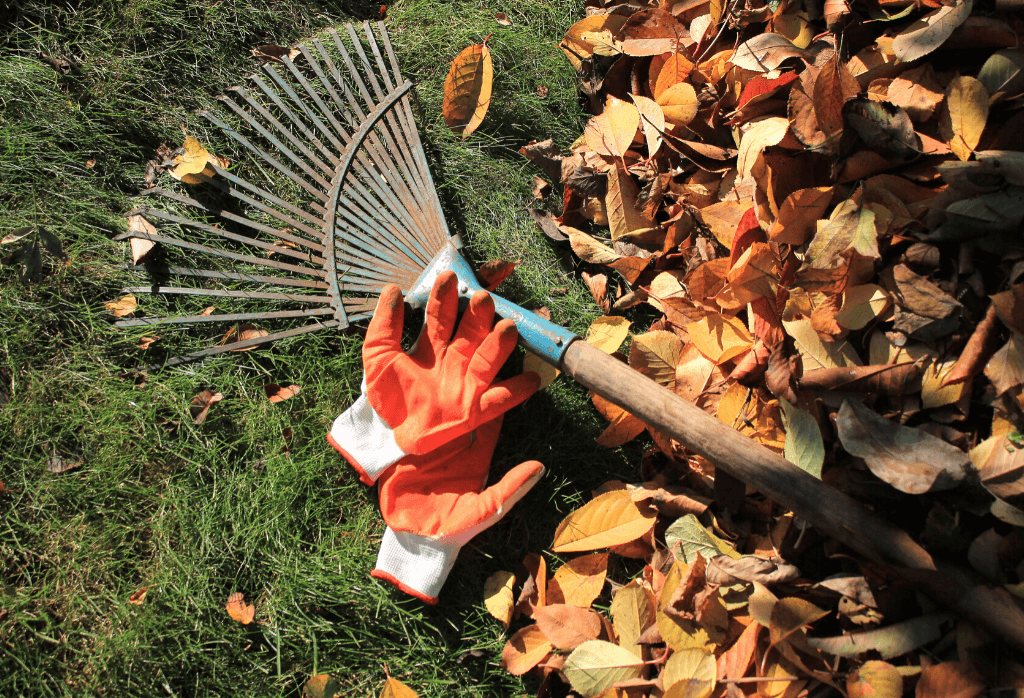Good Question: Do You Really Need To Rake All Those Leaves?
As fall arrives and leaves turn from green to brown, red, and gold, many homeowners are not sure about raking them off the lawn. All sorts of “experts” have told us to either leave them on the lawn or don’t. So, which is correct?
The facts are these:
If a heavy layer of in-tact leaves is left to cover a cool-season lawn of Kentucky bluegrass, ryegrass or fescue, chances are good that the turf will be smothered. And, since fall is a key time for these northern grass varieties to expand root systems and prepare for winter, covering the lawn with leaves is not good. Grass requires sunlight and air circulation to grow and maintain vigor. A blanket of leaves can leave the lawn in a dark, wet environment where growth slows, and diseases can do real damage.


If, however, leaves are removed, the reverse takes place. The lawn can breathe. So, raking can really help.
There is a third and very practical choice; using a mulching mower, chop the leaves into small bits that fall harmlessly between grass blades and act as a protective layer in the soil.
So, in answer to the annual question, should I rake, the answer is “yes”, if you want the look of a perfectly manicured lawn and “no”, if you cut the grass with a mulching mower. The choice is yours.
If you do decide to mulch the leaves, you can make the job simpler and easier by beginning the mulching process as the first leaves begin to fall. As many have learned, waiting until all the leaves have fallen, then plowing into them with a mower can make something of a mess and require multiple passes over the lawn to reduce the leaves to small pieces.
Note: The same principle applies to mowing grass. If you mow often, taking off no more than 1/3 of the blade per mowing, the small pieces of grass will decompose and actually add nitrogen to the soil. If you mow infrequently, taking most of the blade off, the longer blades, like full-sized leaves, can smother the lawn and will contribute to a layer of dead but un-decomposed plant parts called “thatch”; a choking layer that prevents air, water, and fertilizer from reaching plant roots.
Click here for more information that summarizes the facts about raking your lawn.
Join Our Free Lawn Care Newsletter
Stay Up to Date With The Latest News & Updates
* We don’t share your info with anyone ever.


